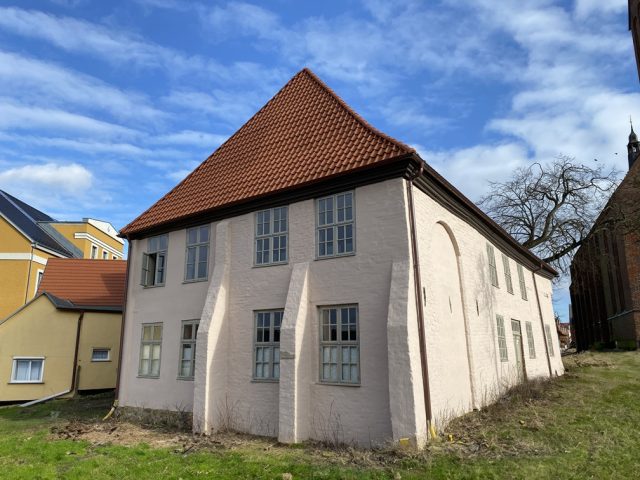Einzelne Bauteile werden zu einem Ganzen verbunden, z. B. Mauersteine und Holzverbindungen.
Please select from the menu above
- Band
- Basilika
- Basilikales Kathedralensystem
- Bergfried
- Birnstab
- Blendbogen
- Blendfenster
- Blendrosette
- Bogen
- Bogenform
- Bogenfries
- Bogennische
- Brennhaut
- Bündelpfeiler
- Kamm
- Kämpfer
- Kapitell
- Kappe
- Karolingisch
- Kloster
- Konsole
- Kreuzarm
- Kreuzbogenfries
- Kreuzgratgewölbe
- Kreuzpfeiler
- Kreuzrippengewölbe
- Kreuzverband
- Krypta
- Palas
- Patrozinium
- Pfeiler
- Pfründe
- Portasandstein
- Prahme
- Prämonstratenser
- Pseudobasilika
- Pultdach
- Pyramidendach










